1. LPPT Waste Management
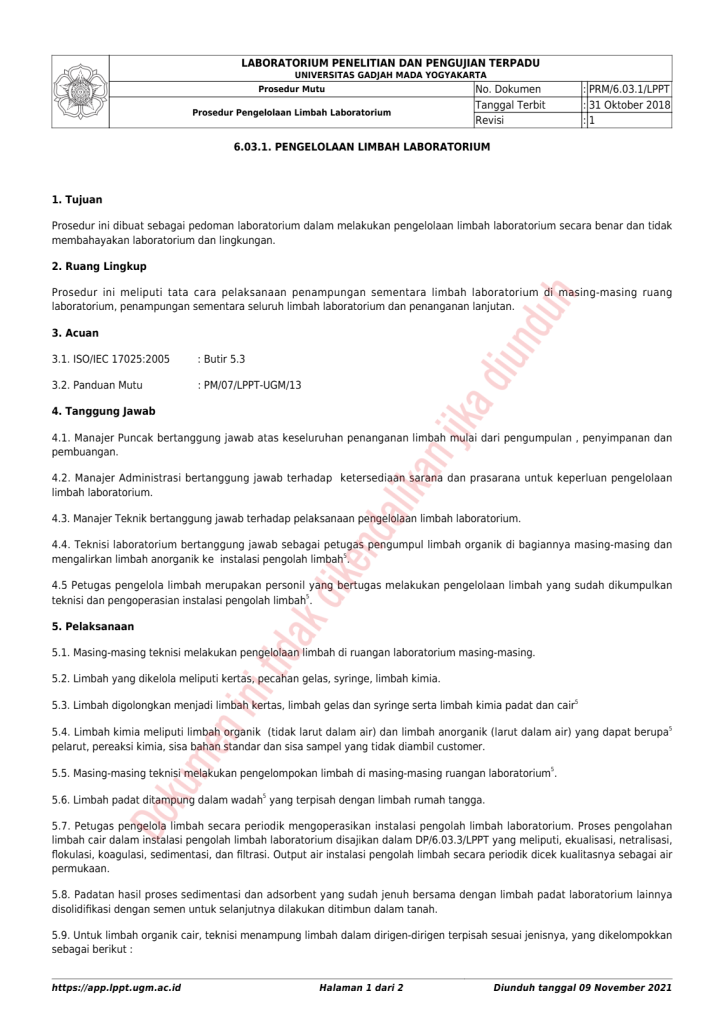
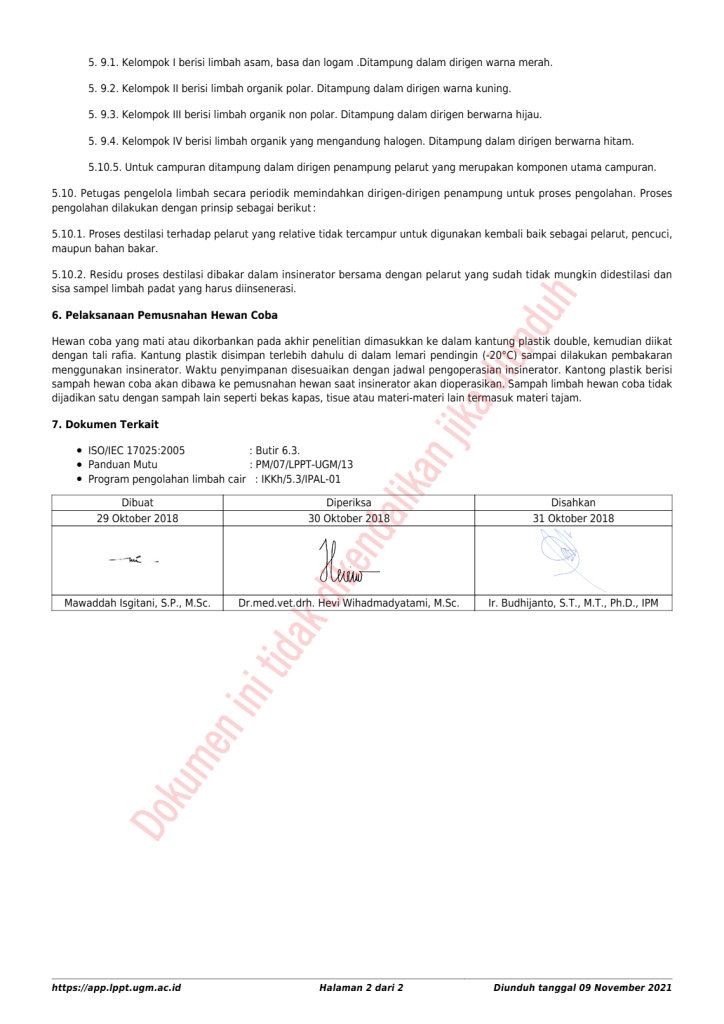
The university has a procedure for managing laboratory waste so as not to endanger the laboratory and the environment. This procedure includes procedures for implementing temporary storage of laboratory waste in each laboratory room, temporary storage of all laboratory waste, and further handling.
2. Wastewater Treatment Plant at Academic Hospital

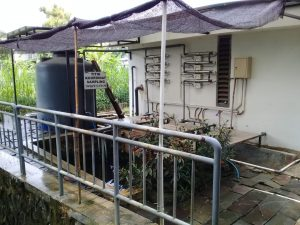
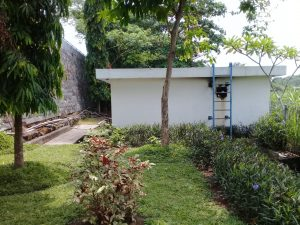
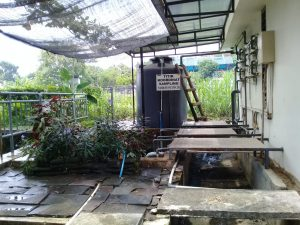
6.3.1 RSA_Instalasi Pengolahan Air Limbah (IPAL).pdf
Wastewater treatment data in academic hospitals are accounted for through quality testing by accredited laboratories in accordance with applicable regulations.
3. Wastewater Treatment Plant at the Faculty of Dentistry
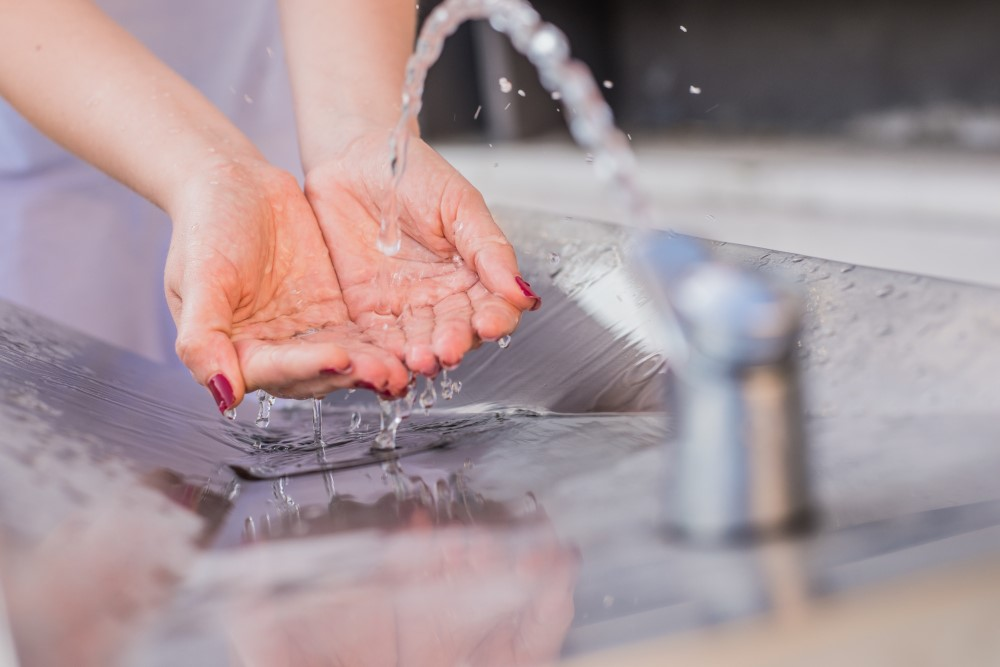
The Faculty of Dentistry implemented the IPAL system because environmentally friendly technologies such as bioreactors, membrane technology, and biofiltration are used to process wastewater. The Faculty routinely monitors the quality of the wastewater produced by the WWTP to ensure that it complies with applicable environmental standards.
4. Wastewater Treatment at UGM Bulaksumur Residence with Magic Tank Treatment
Wastewater at the Faculty of Dentistry is under strict control. Wastewater processed by the WWTP will be treated to a safe standard for release back into the environment or even recycled for reuse, such as garden watering and toilet flushing.
Implementing the WWTP system at the faculty faces several challenges, including limited land to construct adequate facilities, variations in waste from various activities on campus, and considerable operational costs. In addition, laboratory waste containing chemicals requires special handling so as not to pollute the disposal system.
5. “Mini” Wastewater Treatment Plant at DTK UGM
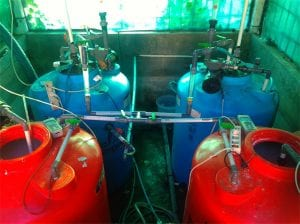
Wastewater treatment in Bulaksumur Residence using the Magic Tank Treatment. The Magic Tank Treatment solved environmental problems such as wastewater from washing activities and bathing in the bathroom that appear in residential areas or residences. At the end of 2019, the wastewater treatment system was installed in Bulaksumur Residence in the scheme of Community Service activities as a pilot application of research results developed at the Faculty of Engineering UGM.
6. Implementation of Water Recycling Program at UGM
The picture below shows the Schematic of The Sewage Treatment Plant (STP) or Biological Treatment Process for Greywater (left) and Schematic of the Water Treatment Process for Greywater (left). Several faculties, including the Faculty of Engineering, have implemented a greywater recycling system.

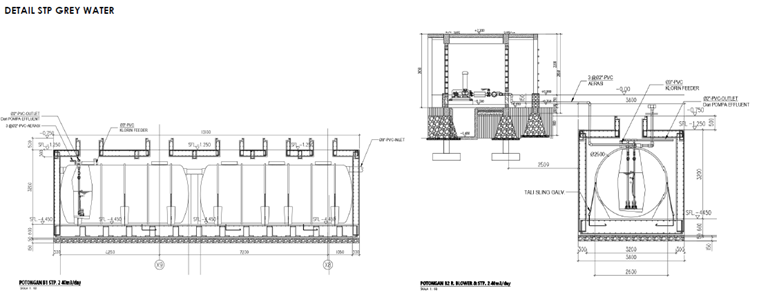
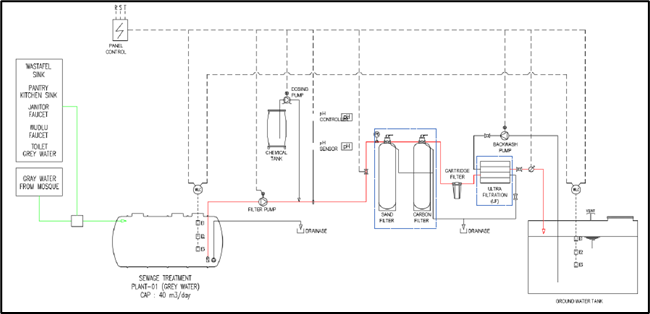
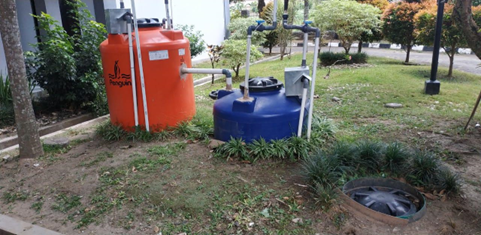
Some pictures above depict the Ground collector tanks at the UGM residence where the greywater resides after finishing the Water Treatment process until it is needed. Also, The greywater recycling system on the rooftop of Kinanti Residen (one of UGM’s student dormitories) is used for flushing toilets and watering gardens. Rainwater harvesting and recycling tanks at the Faculty of Engineering and at UGM Residence, which are part of the campus rainwater harvesting system. Rainwater Harvesting System injected in UGM Learning Centres.
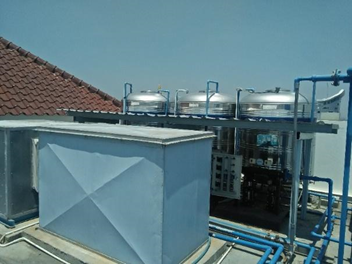
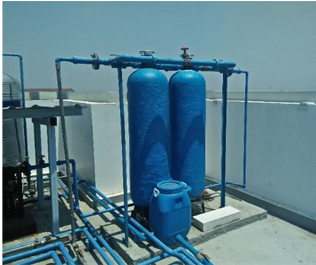
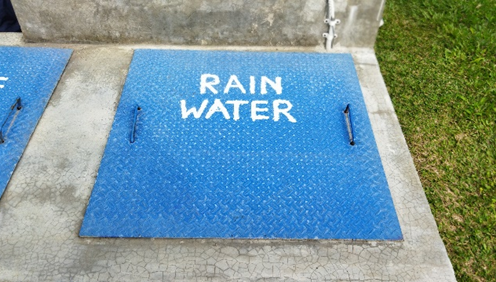
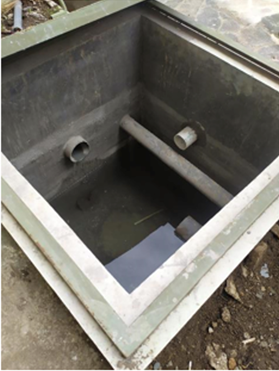
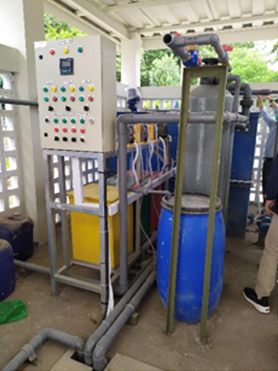
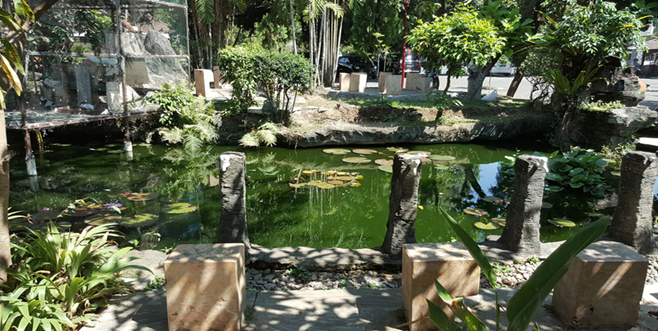
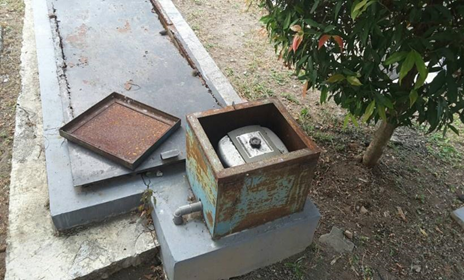
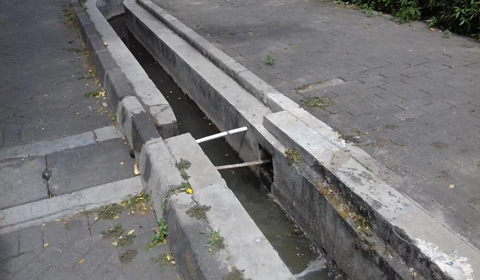
A water recycling program is the process of collecting, treating, and reusing wastewater for various purposes. Through these programs, we can reduce the need for freshwater and minimize environmental impact. Water from sinks, showers, or stormwater is treated and reused for non-potable applications such as irrigation, toilet flushing, or cooling systems.

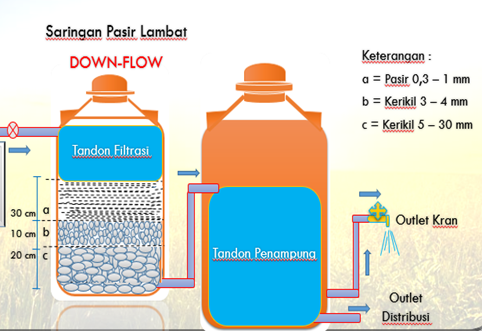
UGM has several ongoing water recycling programs.
- Greywater recycling: A system that captures water from dormitory showers and sinks, treating it for reuse in landscape irrigation.
- Rainwater harvesting: A system that collects rainwater from rooftops and reuses it for toilet flushing or garden irrigation. UGM uses both rainwater harvesting systems and ducted rainwater harvesting systems.
Other water recycling programs include a recycling system for the University Mosque pond, the Faculty of Animal Science, which uses recycled water from the canteen, and UGM, which uses two water recycling methods: upflow and downflow.
References:
